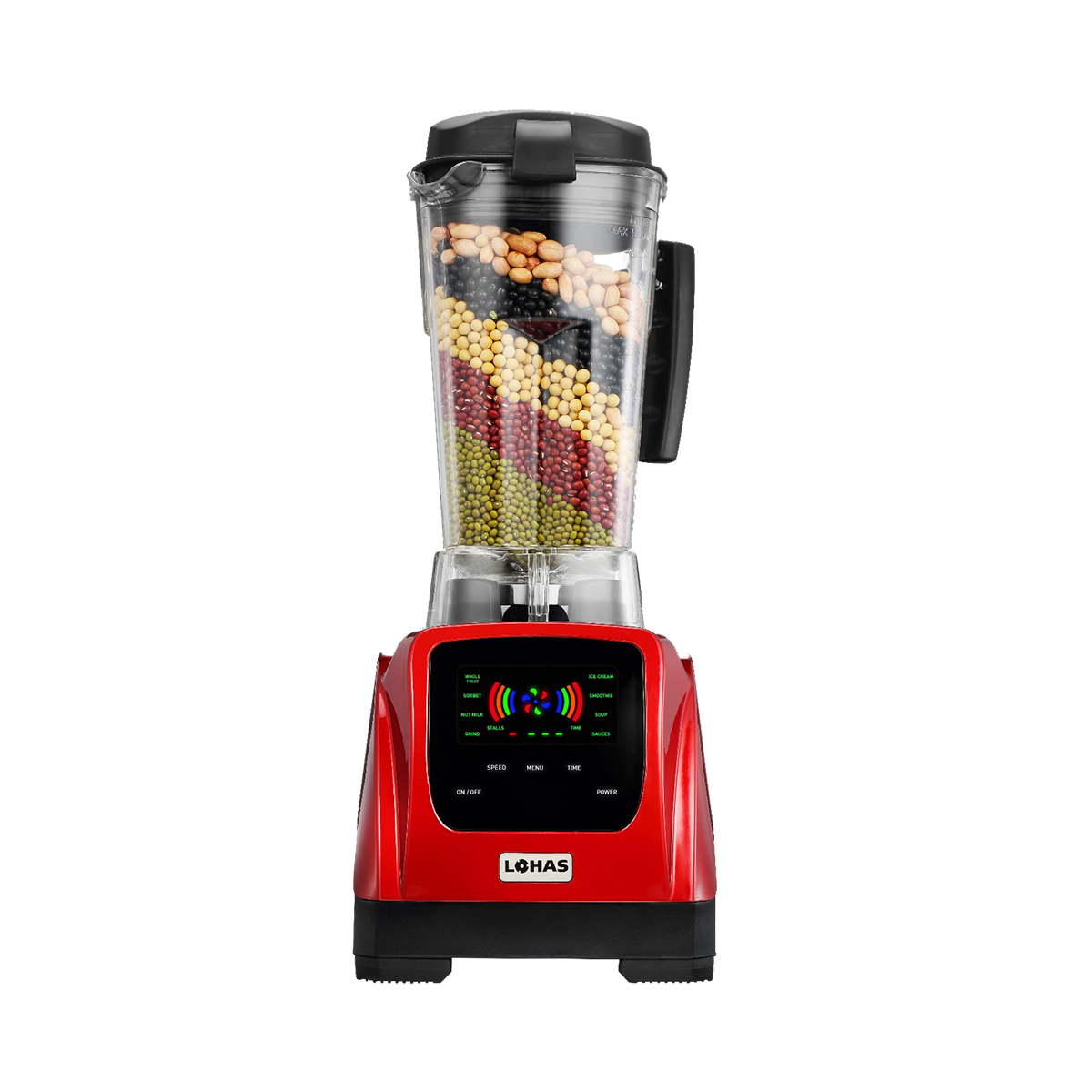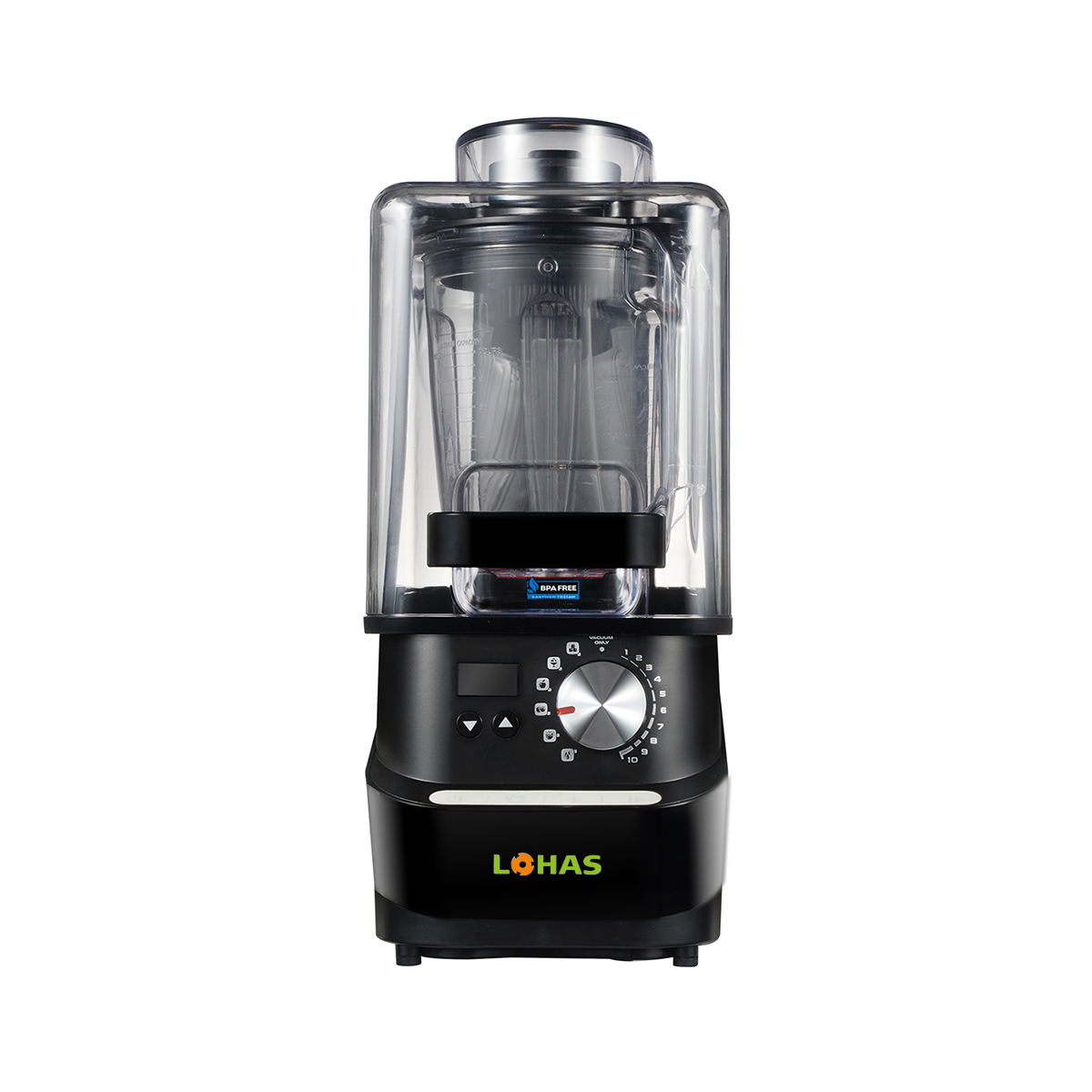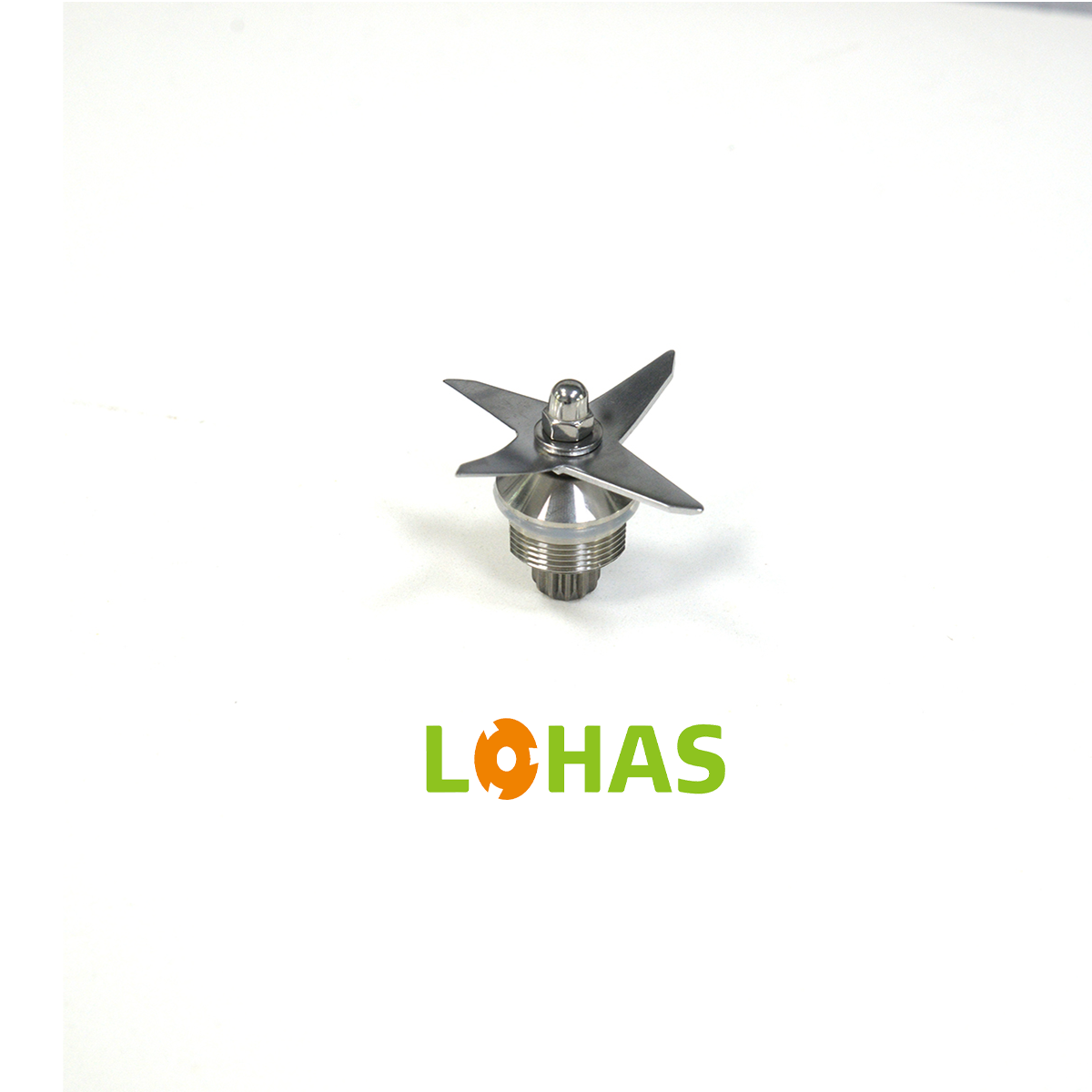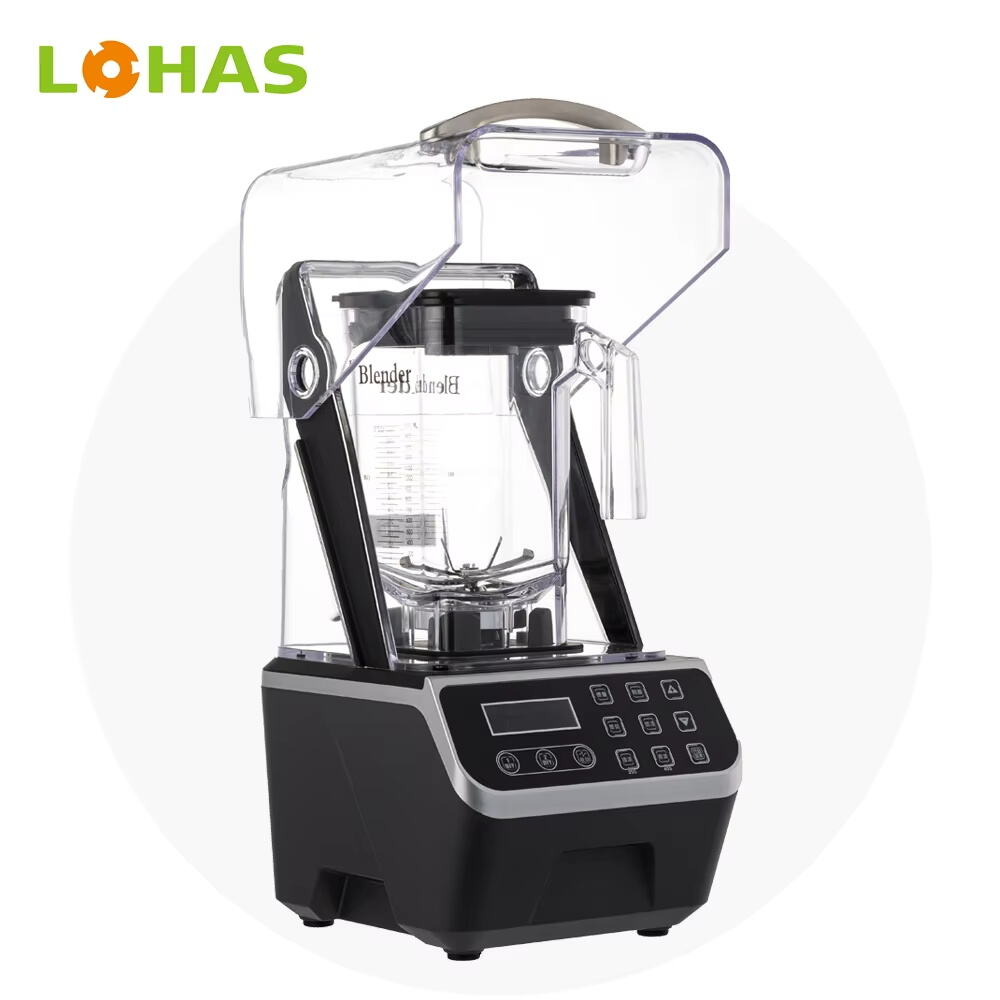Choosing the Right Blender for Your Kitchen and Workflow
Blender machines have become essential tools in both home and professional kitchens. From smoothies and soups to nut butters and crushed ice, the variety of tasks they can handle makes them an indispensable part of any modern cooking setup. Choosing the right blender involves understanding not only its specifications but also how it matches your culinary habits and expectations. A thoughtful investment in the right machine can significantly extend the blender's lifespan and deliver consistent results.
Key Features to Look for in a Blender Machine
Motor Power and Performance
Motor power is one of the most crucial factors that determine a blender's effectiveness. Lower-wattage blenders, ranging from 300 to 600 watts, are suitable for light tasks like mixing soft fruits or protein shakes. However, for more demanding tasks such as crushing ice, grinding nuts, or preparing thick smoothies, a motor with at least 1000 watts is advisable. A stronger motor not only enhances performance but also contributes to a longer blender's lifespan, as it handles strain more efficiently.
The motor's durability also plays a direct role in the blender's lifespan. Look for models with built-in overheating protection and variable speed control. These features help avoid motor burnout and ensure the appliance adapts to different blending needs.
Blade Material and Design
Blades should be made from high-quality stainless steel, which is resistant to rust and maintains sharpness over time. Some blenders feature multi-level blade systems designed to create a vortex effect for more efficient blending. The design and angle of the blades influence how well they can crush, emulsify, or chop ingredients. Investing in robust blade construction will ultimately extend the blender's lifespan by reducing the need for frequent replacements.
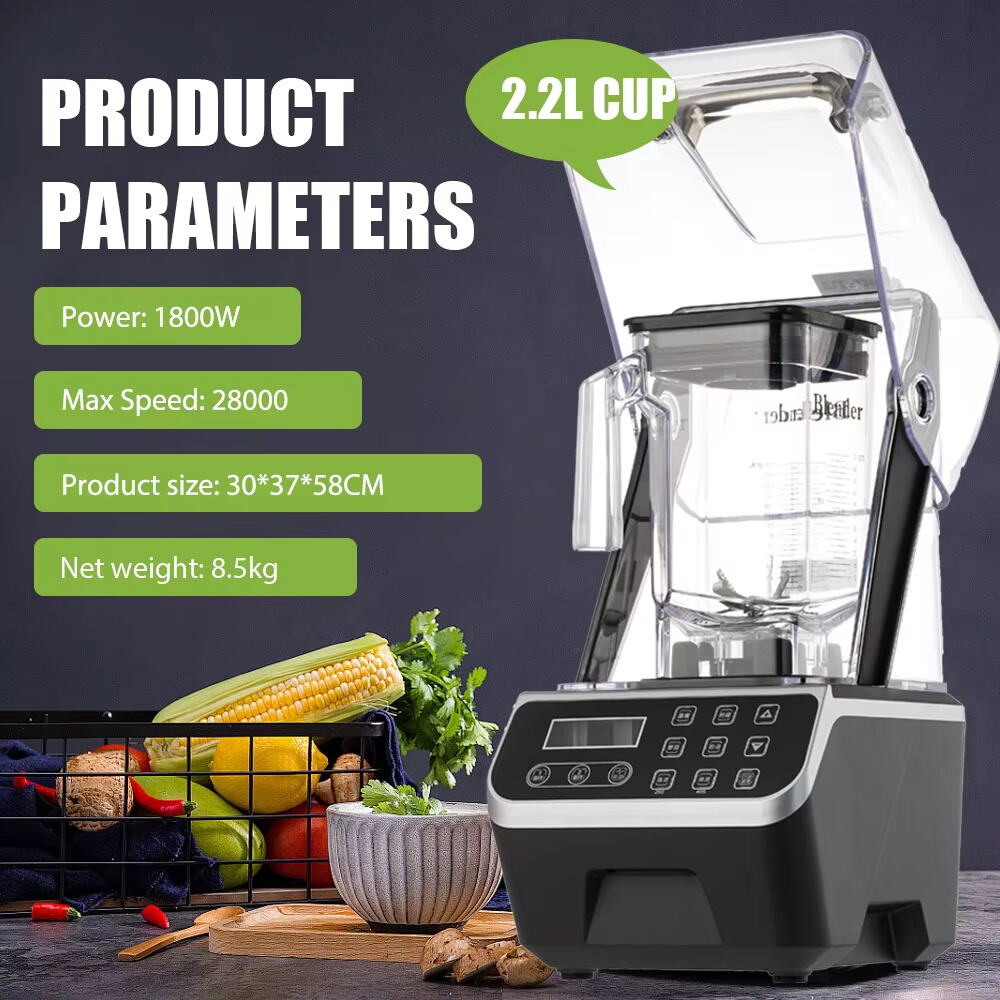
Functional Applications for Daily Use
Food and Beverage Preparation
Blender machines are incredibly versatile, handling everything from smoothies and shakes to soups, sauces, and dips. Some advanced models can even generate heat through friction, allowing for hot soups to be made directly in the blender jar. This makes them suitable for home cooks who want to streamline their food preparation process.
The efficiency of a blender also affects its longevity. Machines that perform tasks faster and more completely with fewer cycles reduce wear on the motor and blades, positively impacting the blender's lifespan. Regular use with appropriate tasks ensures the blender operates within its optimal range.
Specialized Uses in Commercial Kitchens
In professional kitchens, blenders are used for pureeing large volumes, emulsifying dressings, grinding dry spices, and preparing batters. Commercial blenders are typically built with higher horsepower motors and more durable components to support heavy use. When selecting a blender for commercial purposes, consider its cooling mechanism, jar capacity, and build quality. These aspects directly influence the blender's lifespan in a high-demand environment.
Construction Materials and Build Quality
Jar Materials and Capacities
Blender jars come in three primary materials: glass, plastic, and stainless steel. Glass jars are heavy and resistant to stains and odors, but may shatter under impact. Plastic jars are lightweight and shatterproof but may retain food smells or scratch over time. Stainless steel jars offer industrial-grade strength and thermal resistance but are opaque, making it difficult to see the blending progress.
The size of the jar should match your usage needs. Personal blenders with 16 to 24-ounce jars are great for single servings, while family-sized units may have jars ranging from 48 to 72 ounces. Choosing the right size helps reduce motor strain and contributes to the blender's lifespan by preventing overuse.
Base Stability and Build Design
The base of the blender should be sturdy, well-balanced, and preferably made from metal rather than plastic. A heavier base reduces vibration and noise, which can enhance user comfort and prevent internal components from loosening over time. Rubber feet and suction cups are also helpful for added stability during operation.
Build quality matters because blenders endure regular physical stress. A well-constructed base can absorb shock and reduce long-term damage, further preserving the blender's lifespan. Choose designs with minimal crevices to make cleaning easier and reduce residue buildup.
Control Interfaces and Customization Options
Manual vs. Digital Controls
Blenders may offer manual dials, push buttons, or digital touch panels. Manual controls offer tactile precision and are typically more durable in high-use environments. Digital interfaces, on the other hand, can provide pre-programmed settings for specific tasks, making them convenient for users who want consistent results without trial and error.
The reliability of the control interface impacts the blender's lifespan, especially in busy kitchens where ease of use and quick response are crucial. Blenders with poorly designed buttons or complicated interfaces may wear out more quickly or frustrate the user.
Speed Settings and Pulse Functionality
Multiple speed settings allow for better control over texture and consistency. A low-speed setting is ideal for stirring and mixing, while high-speed settings are used for liquefying and emulsifying. Pulse functions offer short bursts of power for precise chopping and ingredient integration.
Using appropriate speed settings can extend the blender's lifespan by reducing unnecessary strain on the motor. Over-blending at high speeds may lead to premature motor wear, especially in lower-end models. Pulse functionality, when used correctly, reduces the blending duration and improves efficiency.
Accessories and Additional Functions
Tamper Tools and Travel Lids
Some blenders come with tamper tools that help push ingredients toward the blade without stopping the motor. This feature is especially useful for thick mixtures like nut butters or frozen desserts. Travel lids and additional jars make it convenient to blend and carry your drink without transferring it to another container.
These accessories not only enhance usability but also reduce wear on the main components, indirectly supporting the blender's lifespan. By making blending more efficient, these tools lessen motor and blade fatigue.
Food Processor and Grinding Attachments
Many modern blenders offer compatibility with attachments for food processing, chopping, or grinding. These multifunction capabilities can turn your blender into a full-service kitchen appliance. However, it’s essential to ensure the base motor can handle the added stress of different tasks.
Overuse of non-core functions without proper guidance can shorten the blender's lifespan. Read the manufacturer's recommendations carefully before using optional accessories, and always clean attachments thoroughly to maintain hygiene and performance.
Cleaning and Maintenance Considerations
Self-Cleaning Features
Some blenders feature self-cleaning functions where water and a drop of dish soap are blended for 30-60 seconds to clean the jar and blades. This reduces the risk of injury from manual scrubbing and makes daily cleanup fast and efficient.
Clean appliances last longer. Regular use of self-cleaning features helps prevent food buildup and corrosion, which protects the motor and other components. Maintenance habits directly influence the blender's lifespan and overall performance.
Disassembly and Deep Cleaning
Blenders should be easy to disassemble for deep cleaning. This includes removing the blade assembly, lid, and gasket ring. Periodic deep cleaning prevents food residue from hardening or clogging mechanical parts.
Neglecting regular cleaning can lead to foul odors, reduced efficiency, or even permanent damage. Clean blenders not only perform better but also enjoy a longer blender's lifespan.
Budget Planning and Long-Term Investment
Initial Cost vs. Total Value
While it may be tempting to choose the cheapest blender available, low-cost models often compromise on motor strength, materials, and durability. Investing in a more expensive blender with high-quality components typically results in better performance and a longer blender's lifespan.
Consider the frequency of use, types of food you prepare, and desired features. A blender that fits your needs and lasts for years will offer better value than a cheap model that breaks within months.
Warranty and Customer Support
Check if the manufacturer provides a warranty covering parts and labor. A good warranty reflects the manufacturer's confidence in its product and gives you peace of mind. Customer support services, including online resources and replacement part availability, also contribute to the appliance's longevity.
Blenders with robust warranty coverage and accessible support are more likely to maintain a longer blender's lifespan, even with regular usage. Don't overlook these aspects when making your final decision.
Frequently Asked Questions
What factors contribute most to a blender's lifespan?
Several factors contribute to a blender's lifespan, including motor strength, build quality, proper use, and regular maintenance. Using the blender for appropriate tasks and cleaning it thoroughly can extend its operational life.
How can I maintain my blender to ensure it lasts longer?
To maintain your blender, clean it after each use, avoid overfilling, and operate it within its recommended speed ranges. Replace worn-out parts like blades or seals promptly to prevent further damage.
Is it worth spending more on a high-end blender?
Spending more on a high-end blender often results in better durability, more features, and a longer blender's lifespan. If you blend frequently or need a machine for varied tasks, the investment usually pays off.
Can blender accessories impact the machine's durability?
Yes, using high-quality, compatible accessories can enhance functionality and protect the blender from misuse. However, improper or excessive use of attachments may shorten the blender's lifespan if not used correctly.
Table of Contents
- Choosing the Right Blender for Your Kitchen and Workflow
- Key Features to Look for in a Blender Machine
- Functional Applications for Daily Use
- Construction Materials and Build Quality
- Control Interfaces and Customization Options
- Accessories and Additional Functions
- Cleaning and Maintenance Considerations
- Budget Planning and Long-Term Investment
- Frequently Asked Questions



